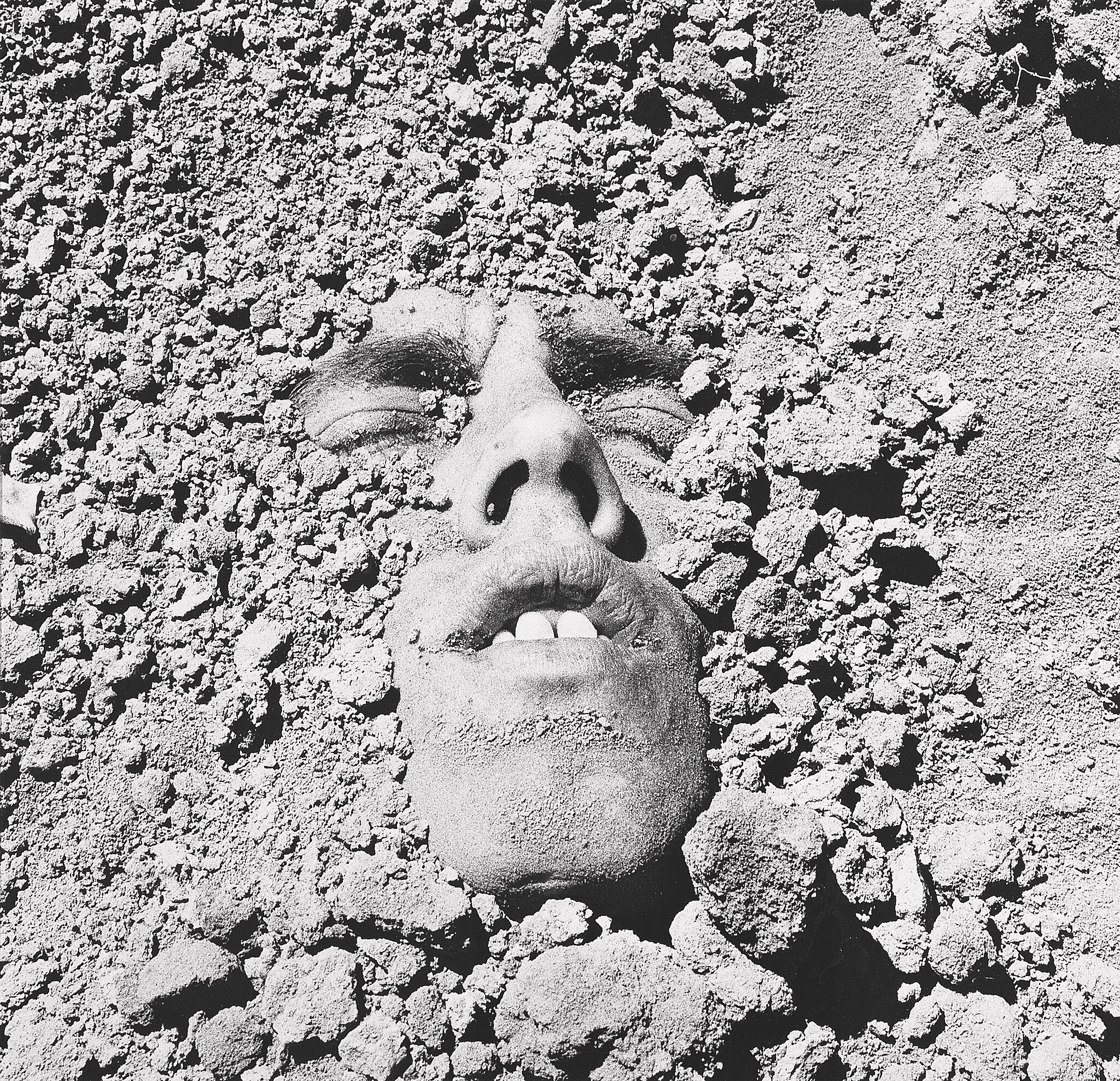David Wojnarowicz: History Keeps Me Awake at Night | Art & Artists
July 13–Sept 30, 2018
David Wojnarowicz: History Keeps Me Awake at Night | Art & Artists
Gallery 11
11
Wojnarowicz’s work concerns itself with the mechanisms, politics, and manipulations of power that make some lives visible and others not. The will to make bodies present—the compulsion to clear a space for queer representations not commonly seen through language and image—was threaded throughout his work, exacerbated by the AIDS crisis, and crystallized in his work. Untitled (One Day This Kid . . . ) (1990–91) is perhaps Wojnarowicz’s best-known work. Black script shapes the boundary of a boy’s body—a boy whom we know, with his high forehead, prominent teeth, and electric eyes, is Wojnarowicz as a child. He sits for what we assume is a school picture, and he’s no older than eight. The text that surrounds him projects the child into a future scarred by abuse and homophobia. This artwork, like many by Wojnarowicz, has rightly come to embody the spirit of protest, struggle, and resistance. Wojnarowicz died on July 22, 1992. By the end of that year, 38,044 others in New York had died from AIDS-related complications. In his essay “Postcards from America: X Rays from Hell,” Wojnarowicz states what is equally true of art and protest: “With enough gestures we can deafen the satellites and lift the curtains surrounding the control room.”
David Wojnarowicz (1954–1992), Untitled (Face in Dirt), 1990
This photograph was taken in late May 1991 at Chaco Canyon in New Mexico while Wojnarowicz and his friend Marion Scemama took a road trip around the American Southwest. Cynthia Carr, Wojnarowicz’s biographer, describes how the photograph came to be: “He had been there before and knew exactly where he wanted to stage this.‘We’re going to dig a hole,’ he told her, ‘and I’m going to lie down. ’ They began digging without saying a word, a hole for his upper body and a bit for the legs. They used their hands. The dirt was loose and dry. He lay down and closed his eyes. Marion put dirt around his face till it was halfway up his cheeks and then stood over him, photographing his halfburied face first with his camera and then with hers.”

